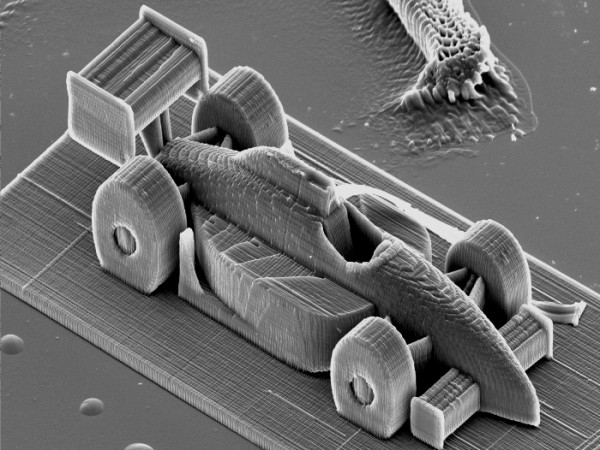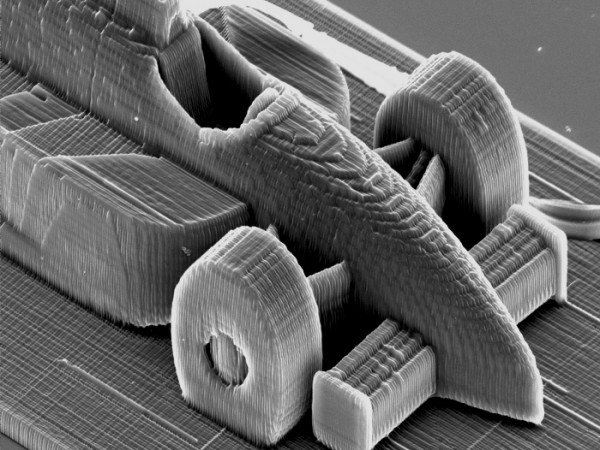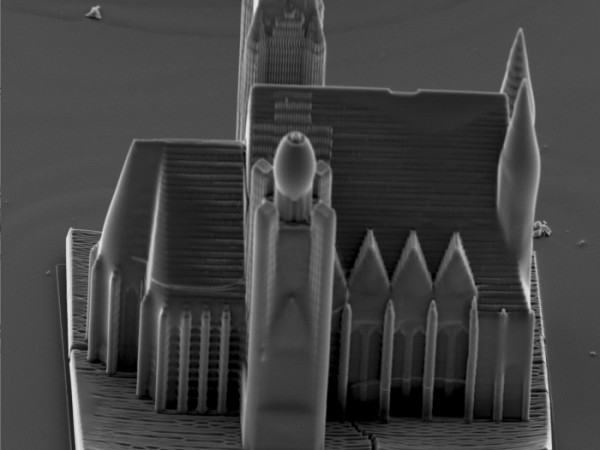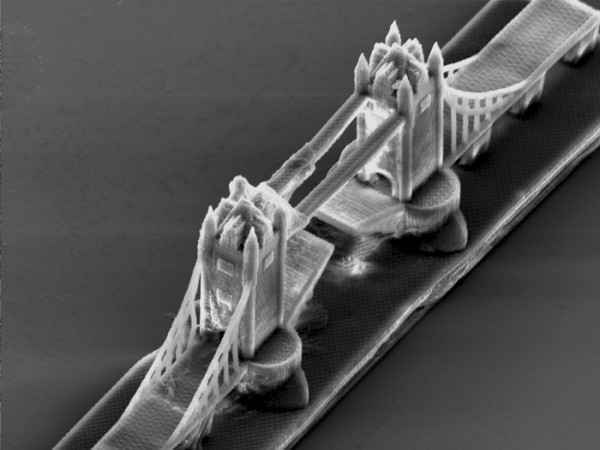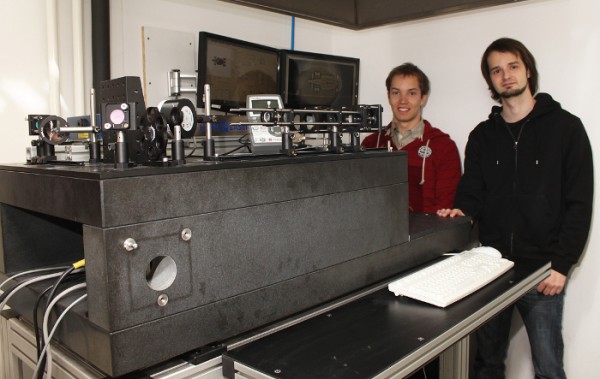Technologies of 3D printing emerge just as the scientists at the University of Technology of Vienna are already working on 3D printers to create high-speed objects at the nanoscale as small as grains of sand.
Using a technique called " lithography two-photon ", the researchers were able to develop a technology for high-speed printing in three dimensions to create tiny structures with an incredibly fine level of detail. This breakthrough opens the way for new applications, especially in medicine.Production of medical implants on an industrial scale is now viable.
This new 3D printer uses the liquid resin to create relief structures. A focused laser beam is used to harden with extreme precision desired points on the printed structure.
Until now, similar technologies allow printing at a speed of one millimeter per second. This new technology offers a fast 3D printing up to 5 meters per second through a control mechanism mirrors and a magic trick molecular chemistry. Unlike traditional 3D printing techniques in layers, this technology offers the possibility to create solid anywhere in the liquid resin. Clearly, it is not necessary to finish preparing a layer to add the following on top. Gain valuable time.
The researchers are now working on the development of a bio-compatible resin destined for the medical sector. Ultimately, this technology can be used to create nanoscale structures which biological cells can be fastened to promote the creation of biological tissues.
The video below shows real-time 3D printing process of IndyCar nanoscale.
